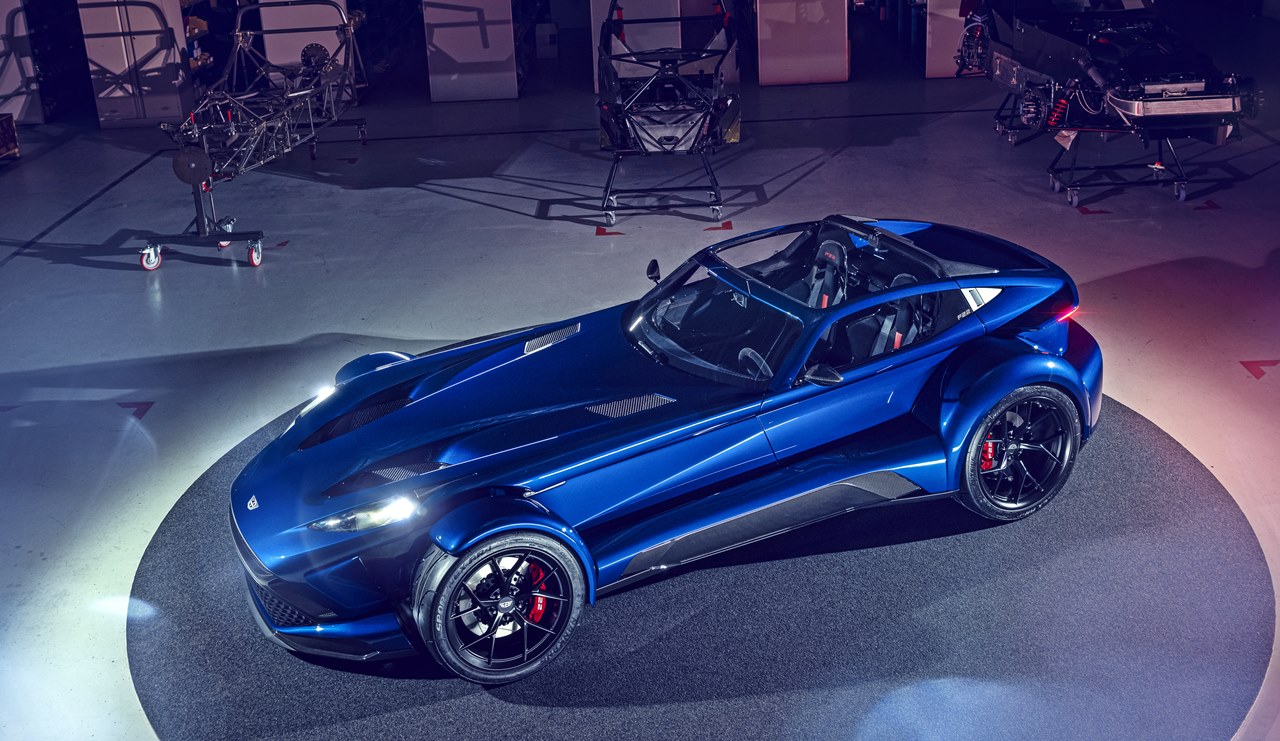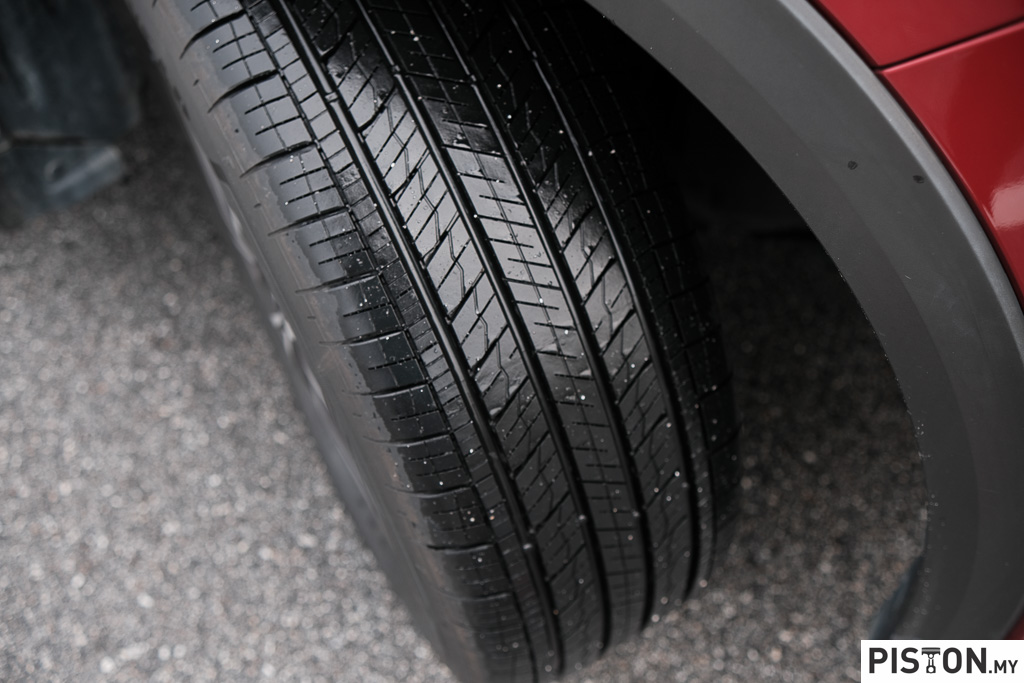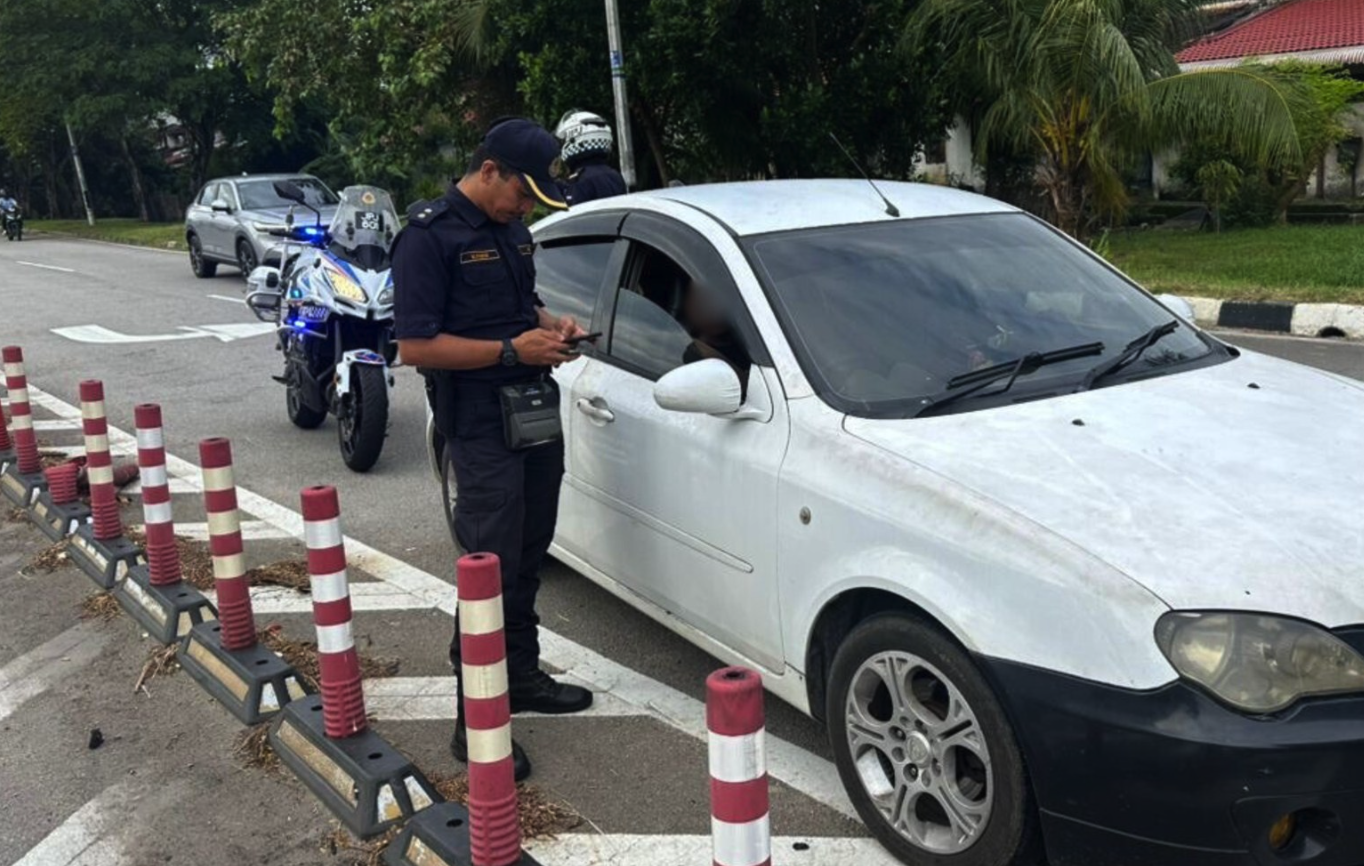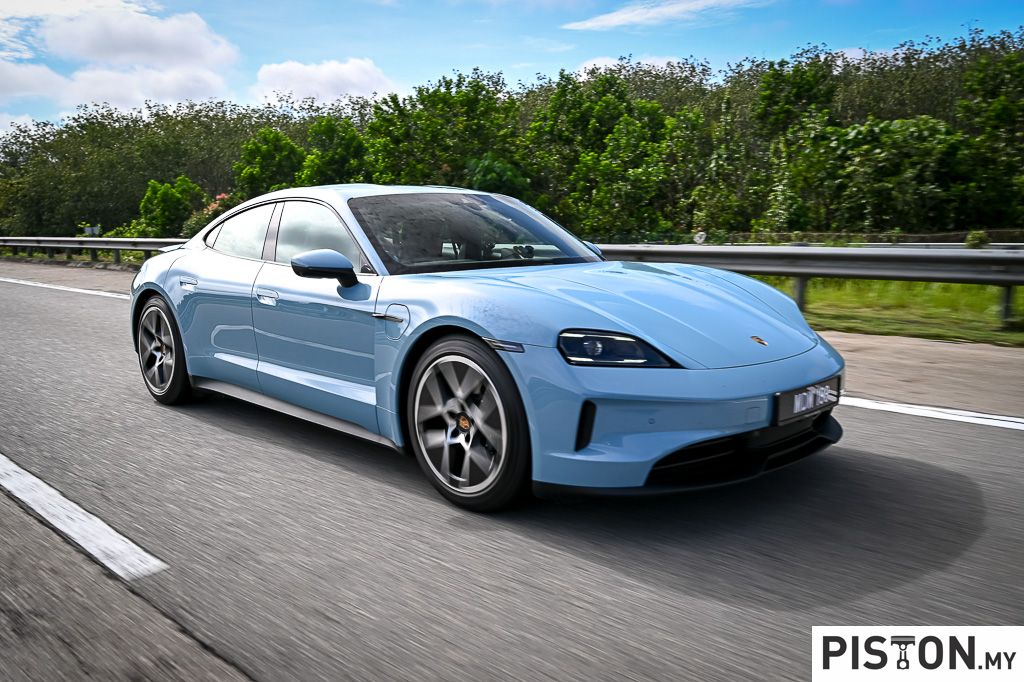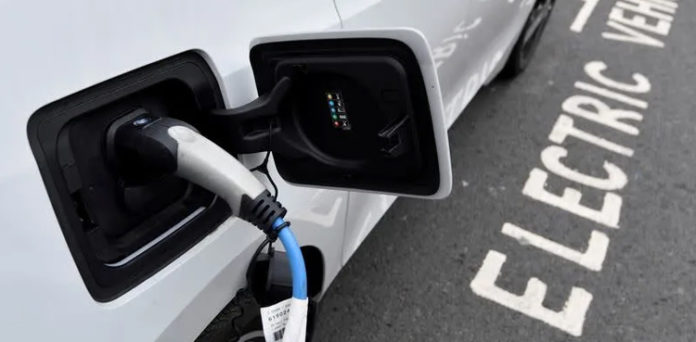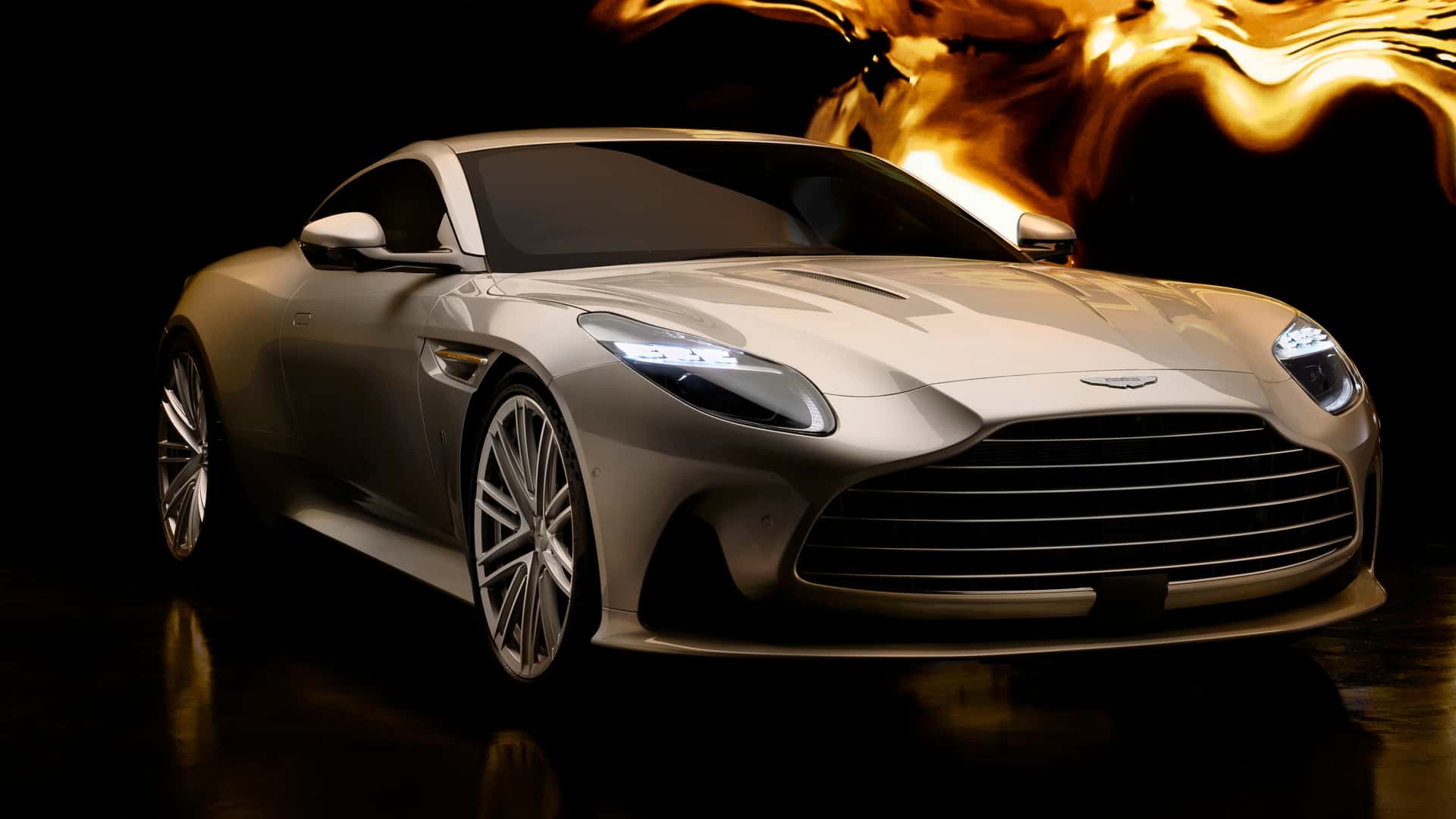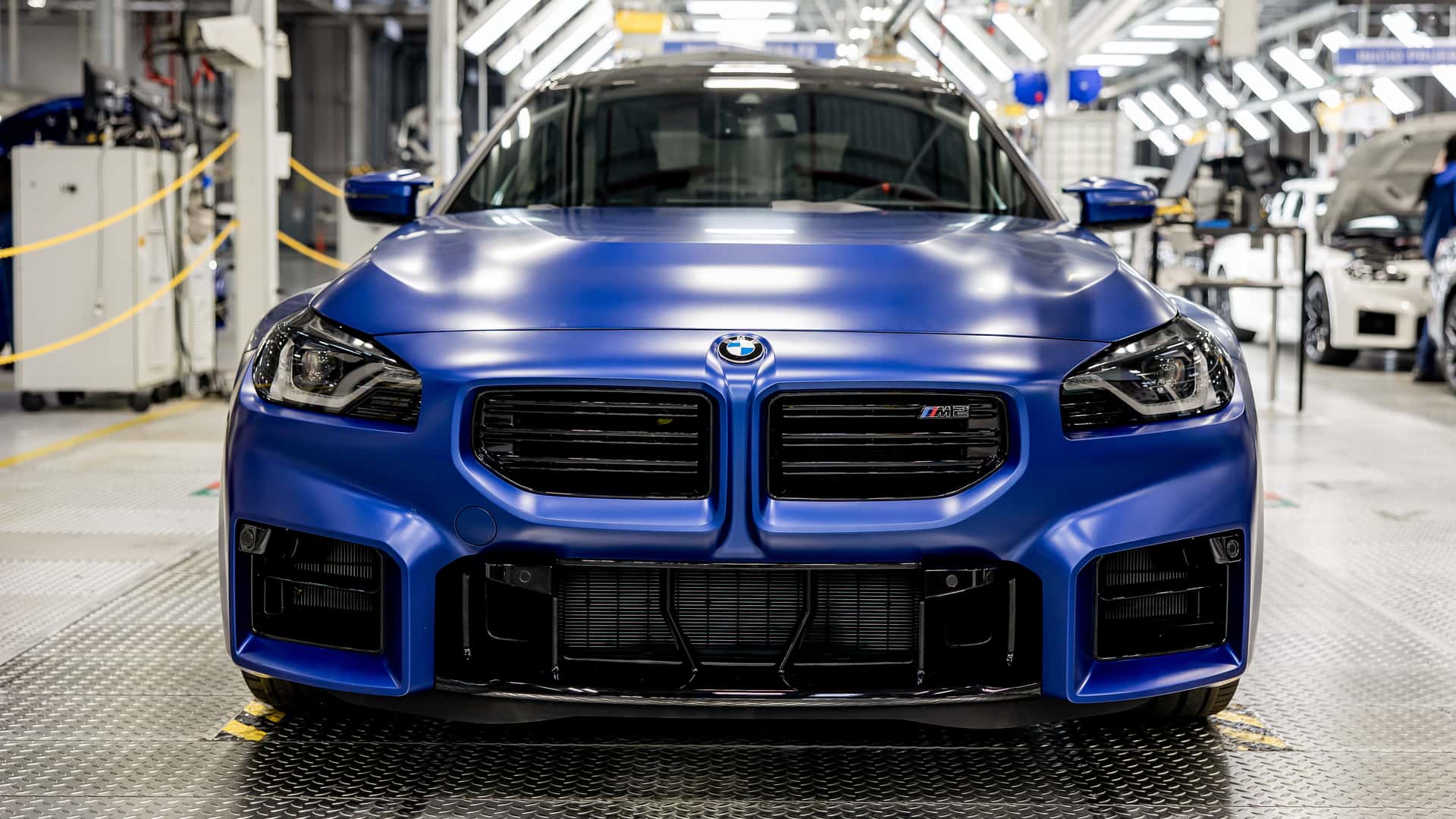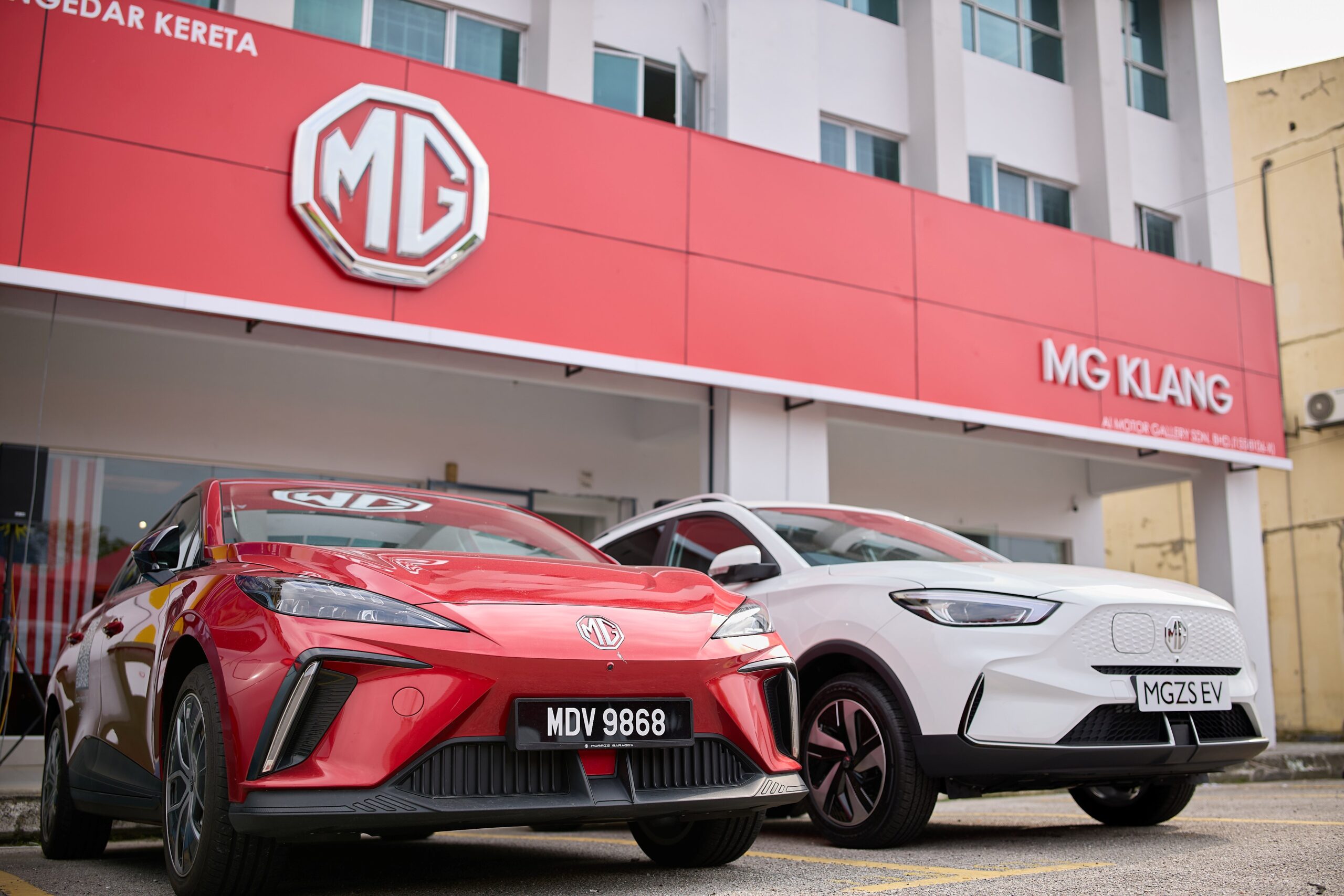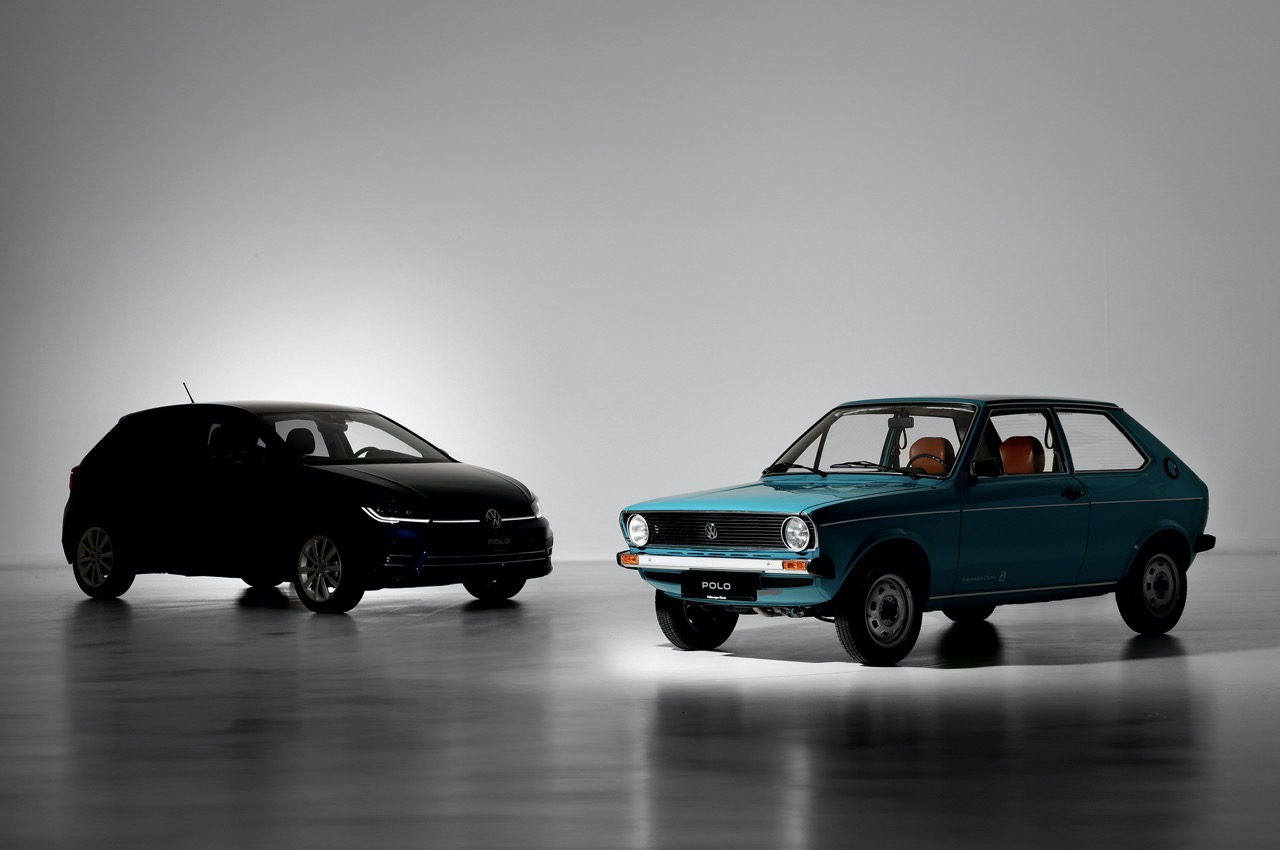Following last year’s generational change in the Dutch family-owned Donkervoort Automobielen, the company has now unveiled its first supercar – the F22, which can lay claim to being the lightest road-legal supercar in the world at just 750 kgs. It maintains the brand’s historic open-wheel layout while breaking new ground in every area, from construction to design.
The F22, which marks the end of the D8 GTO era, is the first new model since Denis Donkervoort took over as the company’s driving force after the retirement of his father, Joop Donkervoort, who started the company in 1978. To date, Donkervoort has sold more than 1,500 cars ranging from comfortable tourers to track-focussed models.

The original plan was to offer 50 units of the F22 for sale but when the design sketches were released, the entire production run was booked by Donkervoort Ambassador program members. This led the company to increase total production to 75 units, with each unit priced from starts from €245,000 (around RM1.137 million).
“The F22 is the pinnacle of what we know with lightweight engineering, strength, combustion engines and pure speed,” said Donkervoort, who is a racing driver himself. “The F22 gives drivers new levels of speed, handling, driving purity, design and practicality, and shows the world where Donkervoort is going in the future.”
“It is brimming with Donkervoort innovations, like the Ex-Core carbonfibre doors and the Twin Targa roof, but it also is the product of extraordinary teamwork at Donkervoort and leverages working relationships we have made over 43 years. With the arrival of the Donkervoort F22, no other supercar is worth its weight,” he added.
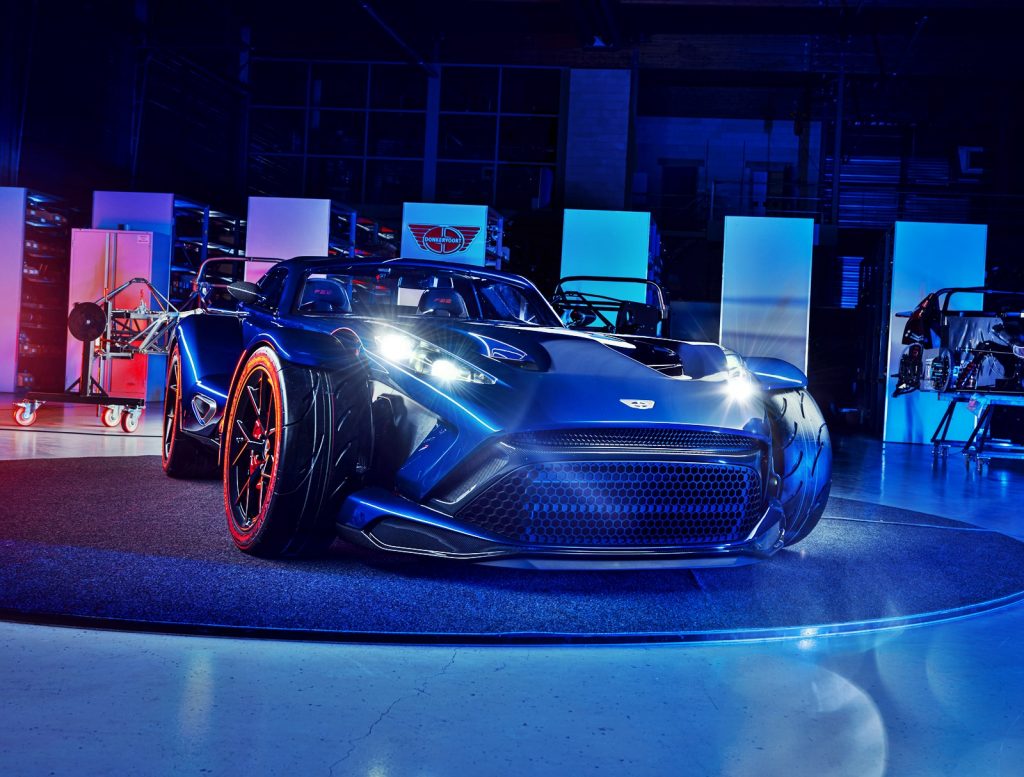
The F22 development team had an extreme obsession with weight reduction – even by Donkervoort standards – as the car grew physically larger to accommodate owner requests and legislation from three continents.
Driving purity has been redefined by doubling the F22’s torsional and bending rigidity (compared to the outgoing D8 GTO Individual Series), thanks to a hybrid chassis construction of thin-wall steel tube and Ex-Core carbonfibre chassis construction.

The heart of the F22’s powertrain is the front mid-engined 5-cylinder turbocharged 2.5-litre engine sourced from Audi Sport. Donkervoort engineers have tuned it for even more power, torque and low-end drivability, bumping output to 500 bhp, with peak torque at 640 Nm. Top speed is claimed to be 290 km/h, and the 0 to 100 km/h sprint can be done in 2.5 seconds.
The potent engine was one of the key advantages in the weight-saving campaign, with Donkervoort avoiding hybrid and electric powertrains and the hundreds of kilograms they would have added. Besides saving at least 12 kgs over a 6-speed or 7-speed gearbox, the shorter 5-speed unit means the F22 can carry the engine further rearward, in a front-mid engine position, to optimise its balance and handling. The short-throw gearbox utilises Bosch rev-matching technology, with the option to switch it off to allow drivers to use their heel-and-toe skills.
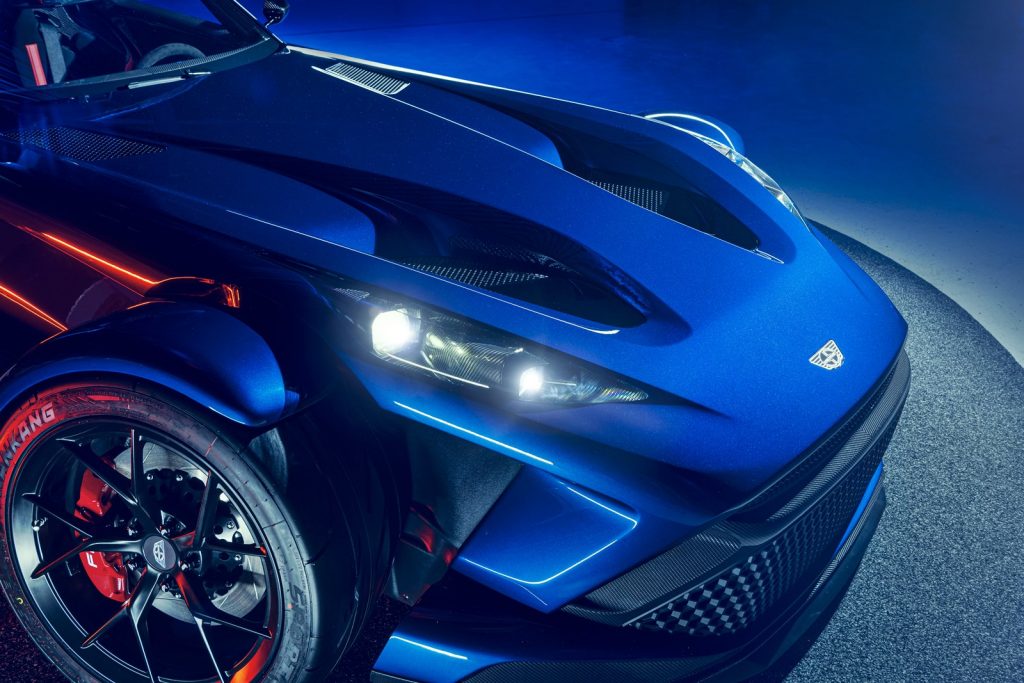
The gearbox and engine mate to a taut Torsen limited-slip differential, encased in new housing that no longer requires an additional cooling system for concentrated track work. The new housing is stronger and helps minimise driveline noise in the passenger compartment. The multi-step traction-control system can be adjusted to suit the driver’s preferences or road conditions.
While the D8 GTO-JD70 was the first supercar to cross the 2g cornering threshold, the sophistication of the F22’s all-new chassis takes extreme grip even further to 2.15g. More significantly, the F22 adds an entirely new dimension of day-to-day liveability and versatility when it is not driven to the outer limits of its abilities.
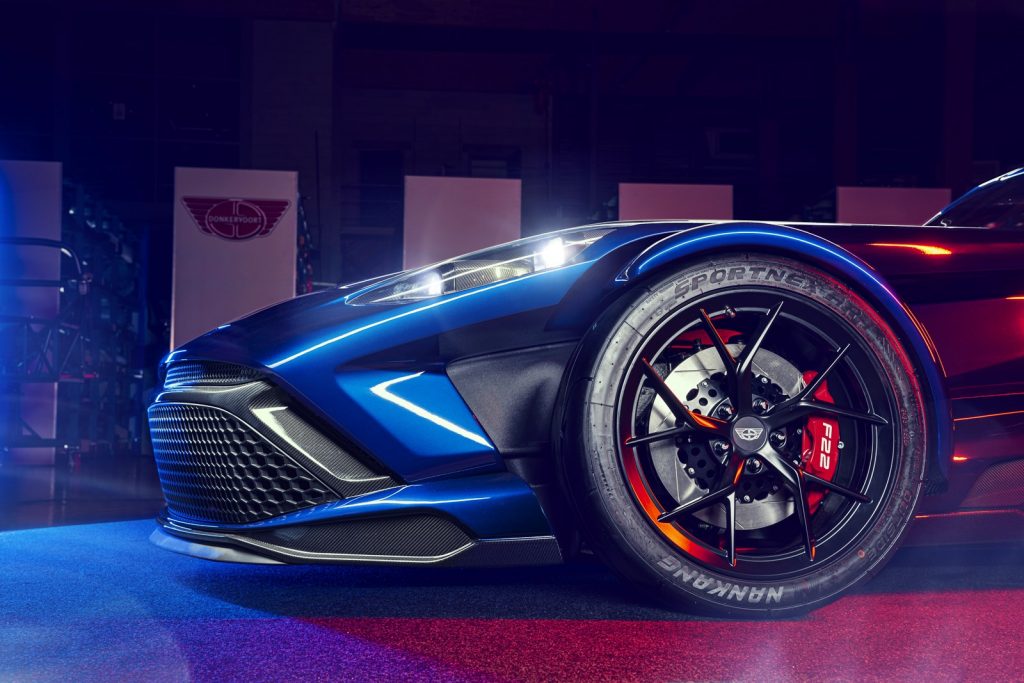
The chassis is a hybrid of tubular steel and Donkervoort’s carbonfibre expertise, including the liberal use of the breakthrough Ex-Core carbon sandwich system. The result is a body-in-white with a 100%t boost in torsional and bending rigidity over the outgoing D8 GTO Individual Series and commensurate increases in both active and passive safety.
This ultra-stiff core chassis delivers a quantum leap in handling and suspension accuracy while remaining ultra-light. “The key to everything we do is weight. The less weight you carry, the less weight you have to stop, turn and accelerate, and the less fuel you use and the more intimate the car can be,” Donkervoort explained. “The F22 is not all about horsepower or speed, specifications or numbers. It’s personal, and it’s about what driving means to its drivers because perspective is everything.”
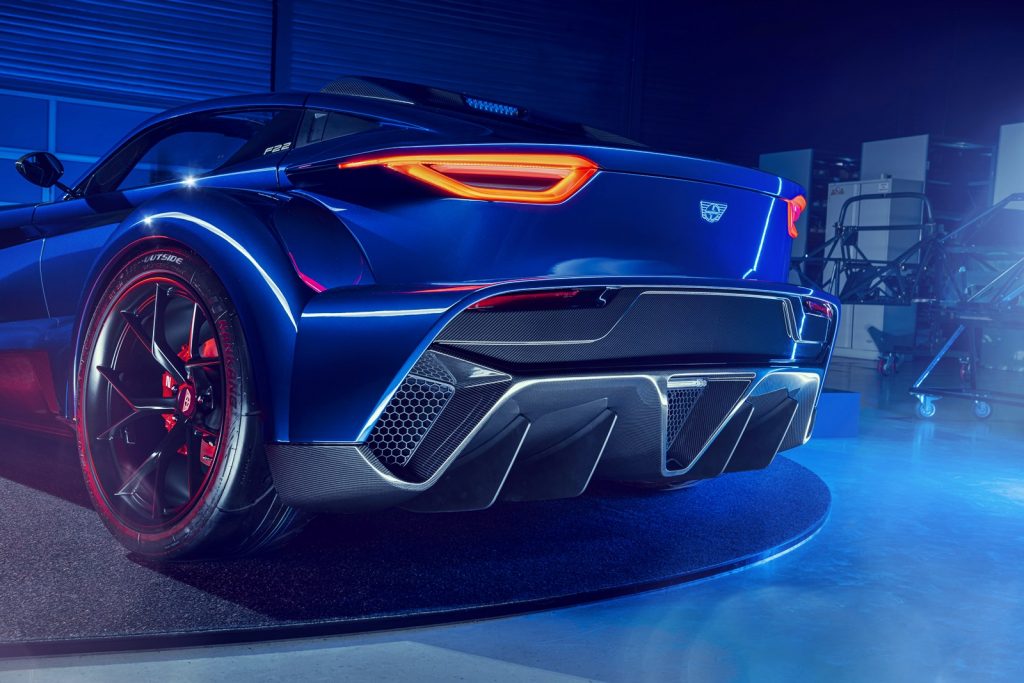
The F22 employs a new active shock absorber system, something that the company has wanted to use for many years. “At a track day, you had to adjust the ride height and dampers manually but now you can do that from the cockpit,” said Donkervoort, adding that the new dampers include an adjustable hydraulic ride-height system.
After using the AR-1 from Taiwanese tyremaker Nankang on its predecessor, Donkervoort built on the relationship with its official tyre supplier by developing custom AR-1 tyres for the F22,going up an inch in diameter.
While alloy wheels are standard equipment, the F22 can be fitted with either forged rims or carbonfibre rims, both of which save weight where it counts most and add rigidity. The standard alloy rim is 12 kgs; the forged alloy weighs 8 kgs per wheel, while the carbonfibre rims are just 5.4 kgs each.
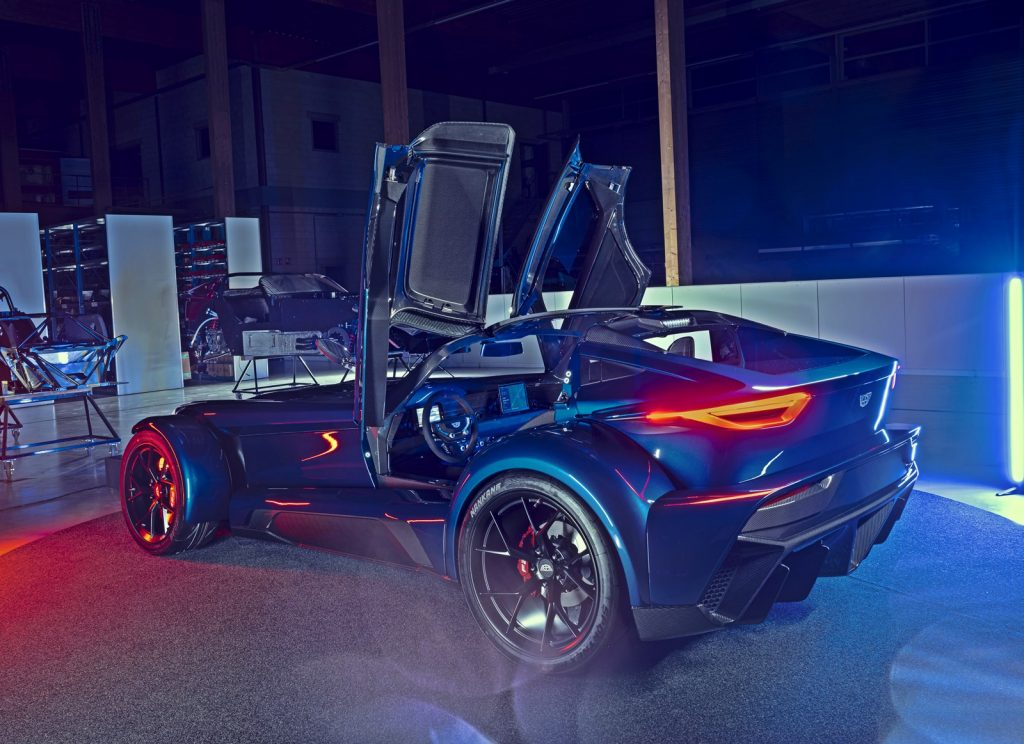
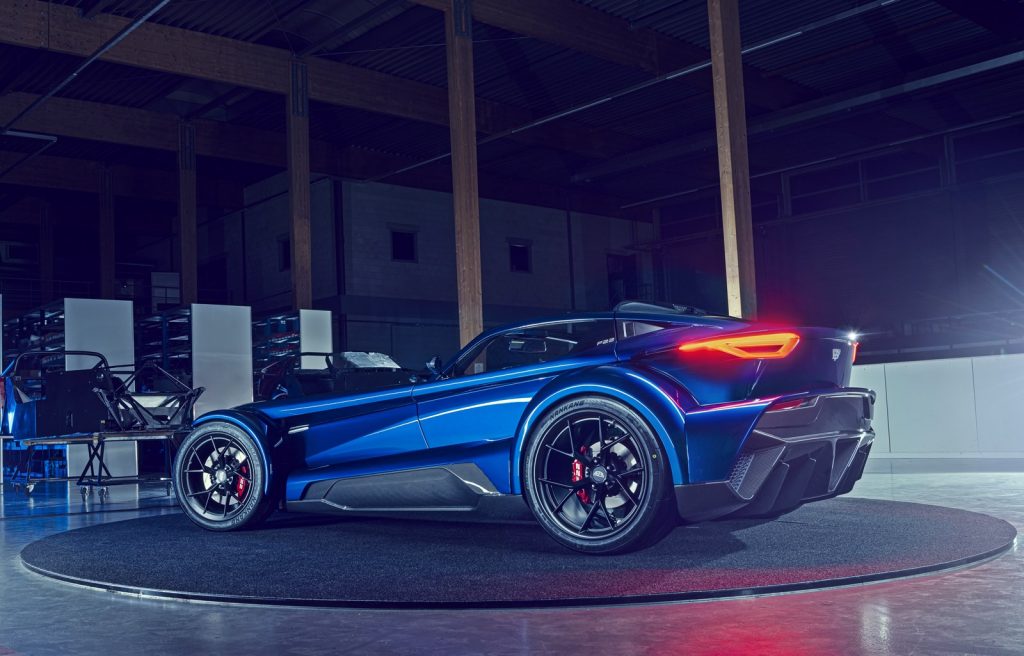
The 2-door F22 is 4039 mm in overall length, 1912 mm wide and 1105 mm high, which makes it a larger car that its predecessor. The extra 264 mm of length over its predecessor has been used to sculpt a slipperier aerodynamic surface, helping it to clock faster track times with added aerodynamic stability. There is also a significantly larger cabin, with the extra 80 mm of shoulder width and 100 mm of cabin length.
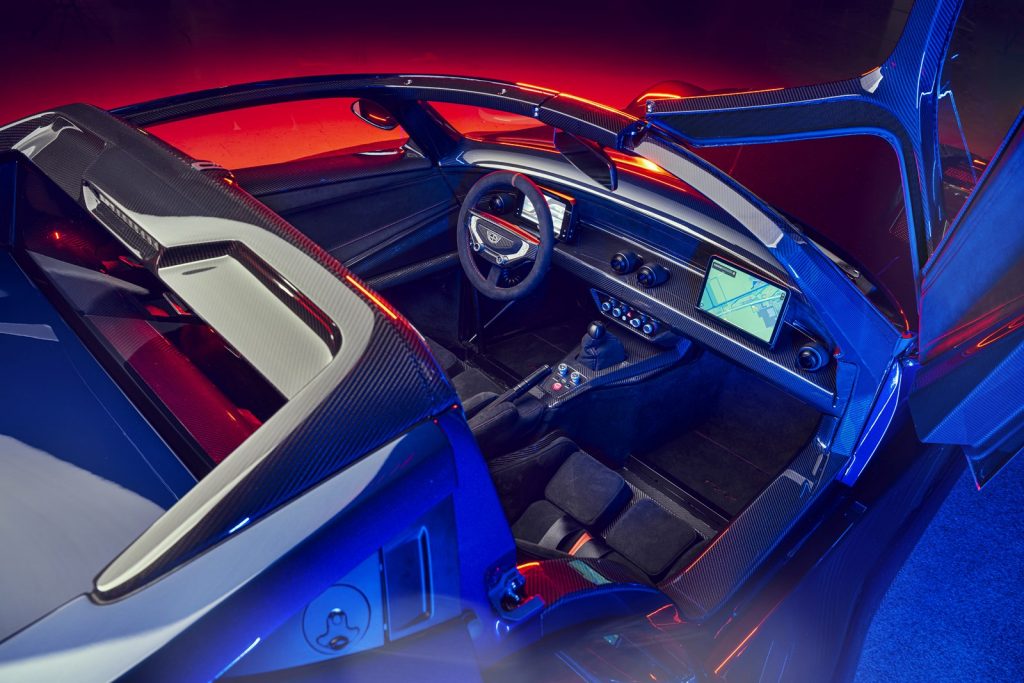
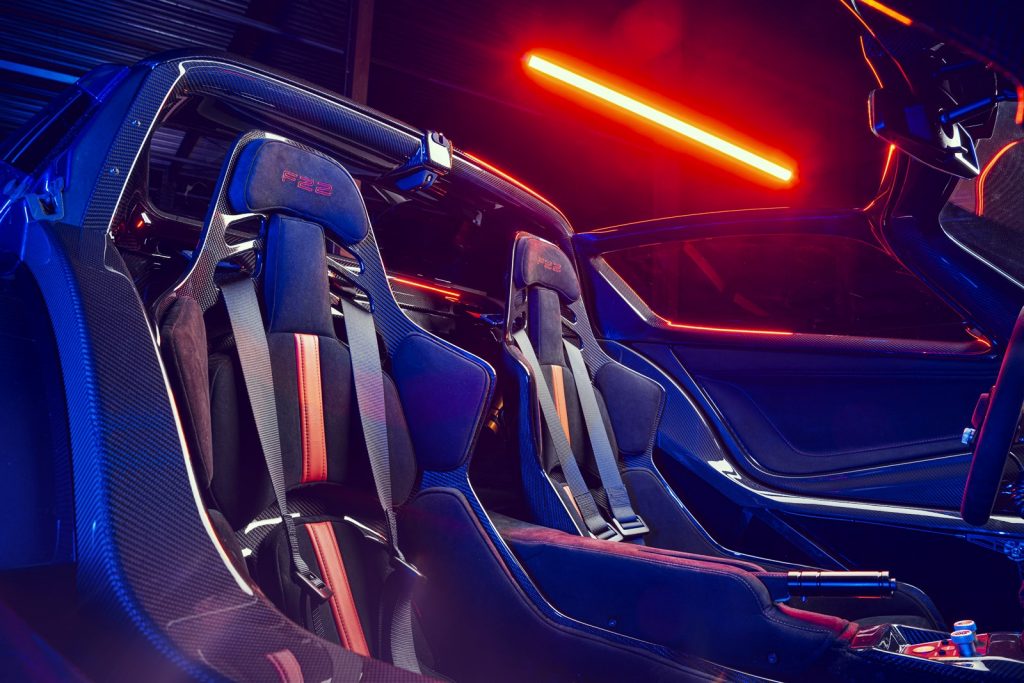
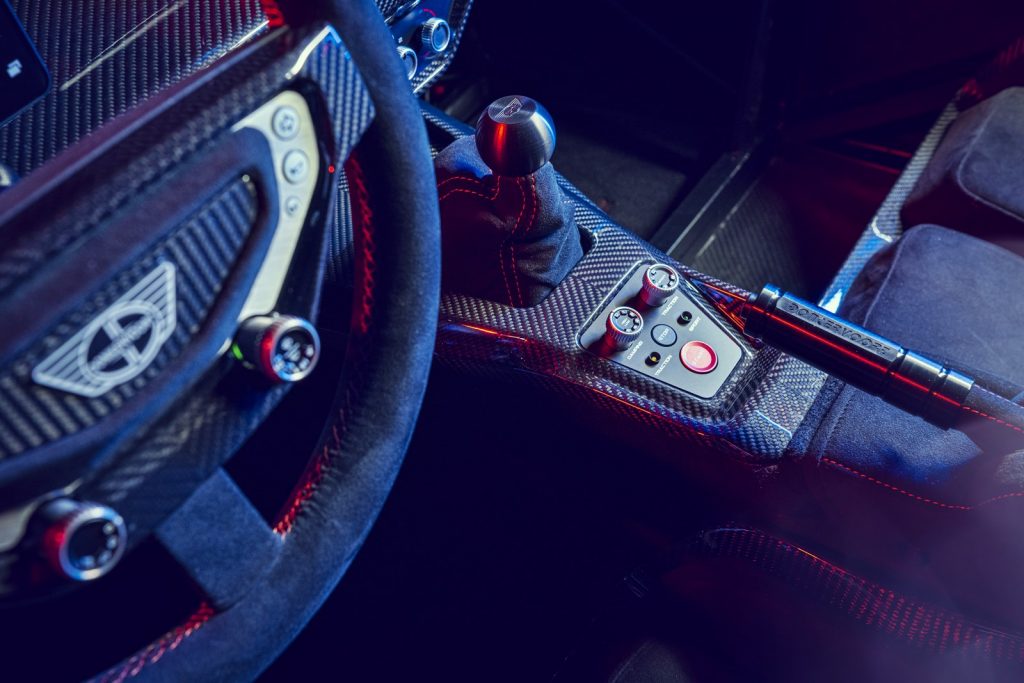
The completely new interior uses optional custom-designed, lightweight Recaro seats and the first 6-point harnesses approved both for racing and road use. The Twin Targa uses two carbonfibre roof plates on either side of a removable central Ex-Core carbonfibre bar. Each roof plate contains its own small spoiler for high-speed stability and noise reduction. Each can be removed and stored in a matching bag to fit the luggage compartment.
The longer, sleeker, more aggressive-looking F22 pays tribute to Donkervoort’s history while setting a course for future designs. Some of the highlights of the design include a new 3-piece Twin Targa carbonfibre removable roof, the retention of an open-wheel layout and a more spacious, comfortable interior.
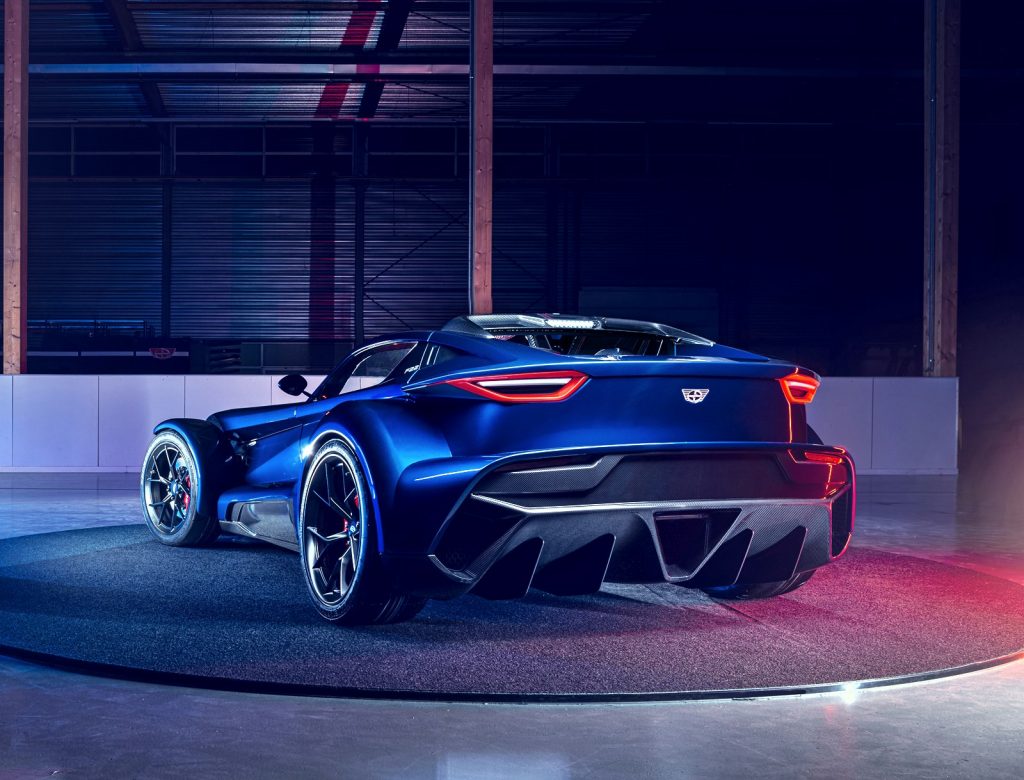
The F22 also opens the door to the world of hypercar customization. It can be customised and personalised by its owners long before a single piece of carbonfibre or leather has even been measured. There are core choices to make for buyers, including whether they prefer a steering system with no servo assistance or a lightweight, electronically powered, adjustable power-assistance system. Beyond that, even the smallest detail of the F22 can be customised, from one-off paintwork and interior design to embossing the owner’s initials or business logo into the seat trims.



